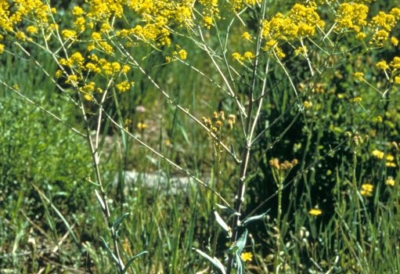The dyer’s woad is also known as the isatis tincrotia and the Asp of Jerusalem. Traditionally used in Chinese medicine, it is a native to Central Asia, Western Asia, and eastern Siberia. However, it can also be found in Central Europe and western parts of North America. There were some parts of the world that encouraged the growth of the yellow flowering plant, which gives off a blue dye 
Extraction of Indigo from the Plants
The woad is the name given to the dye that comes from the flowering plant. While it’s considered a blue dye, it is in fact indigo. While plants called indigofera tinctoria have stronger concentrations of it (making them more popular now), the dye is still a true indigo dye and popular for crafting. Because the indigo trade was once financially beneficial, woad growths were protected by law. However, there were also views that indigo caused yarns to rot. In some parts of the world, the use of the dye was outlawed.
Unfortunately, in some parts of the world the plant has been left to grow uncontrollably. It’s now considered an invasive weed, especially in parts of western America. There are major attempts to eradicate the flower, as the roots take over the soil and prevent nutrients getting to other plants around it. The dyer’s woad takes over land extremely quickly. It grows in the winter on a yearly basis. While initially short-lived, it takes over the land quickly. The seeds are produced quickly and spread across dry land easily. The seeds survive in water, making it easier to spread across vast lands.
If you want to control your dyer’s woad noxious weed growth, you will need to talk to a professional company to get help. It can be tricky with how quickly the plant grows
Comments are closed.